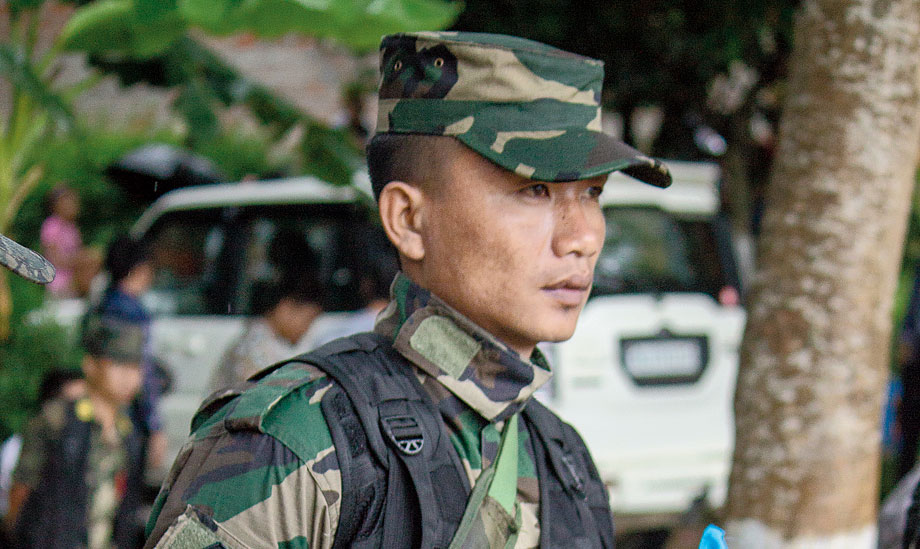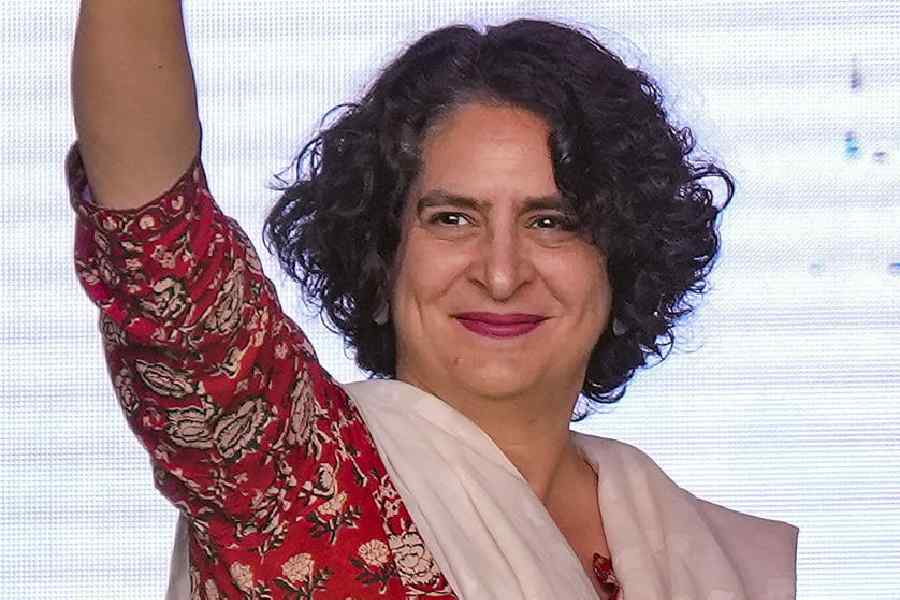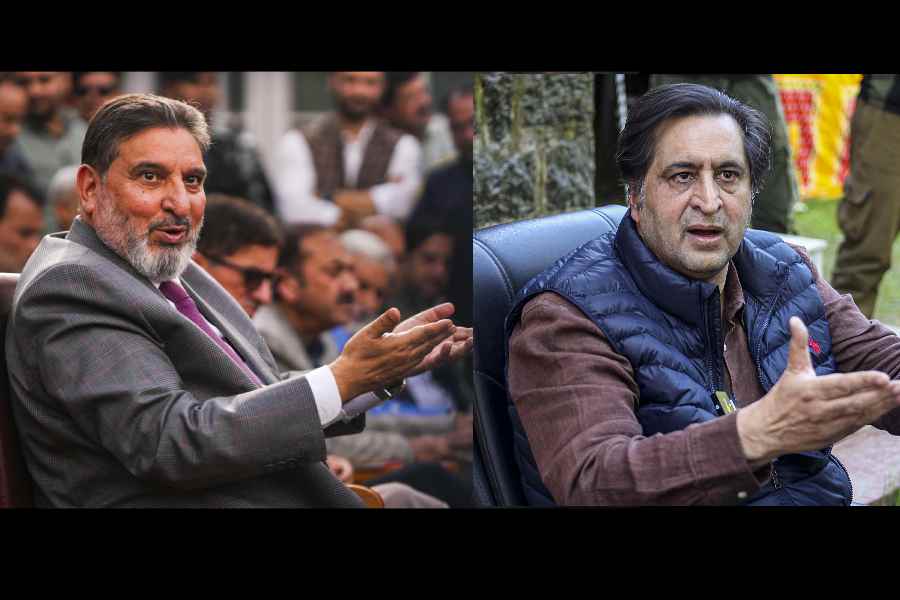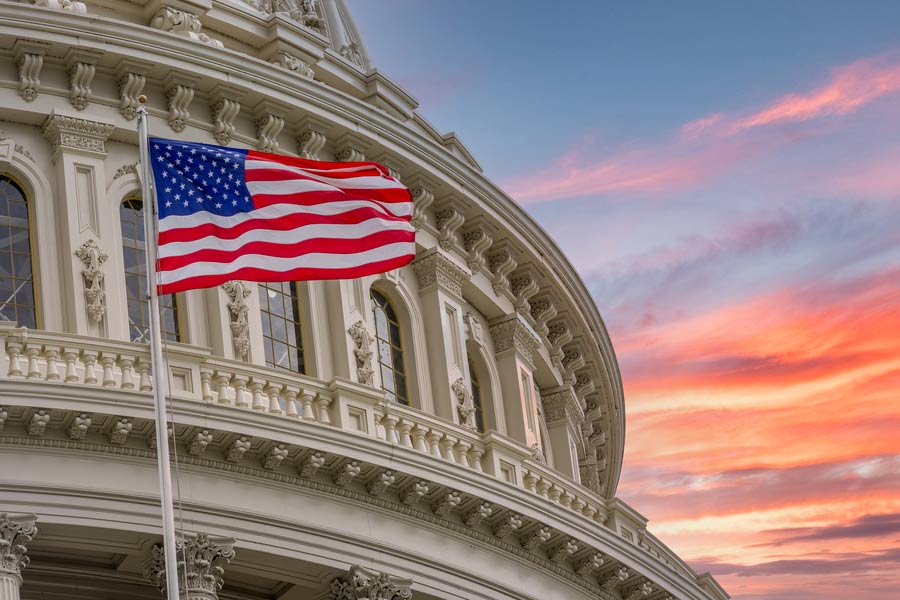The Narendra Modi government, in the doldrums over the botched-up NRC exercise in Assam, seems to have pulled back from slipping into another disaster. It dropped the idea of sticking to the October 31 deadline to resolve the Naga imbroglio in a hurry.
After 22 years of negotiations with Naga rebel groups, which led to the 2015 ‘framework agreement’ between the Modi government and the National Socialist Council of Nagaland (Isak-Muivah) faction, a three-month deadline was set for the interlocutor — the present Nagaland governor — R.N. Ravi, to come up with a final settlement. The deadline was set by none other than the prime minister.
When the NSCN supremo, Thuingaleng Muivah, insisted that his faction will not sign a deal unless India agreed to give Nagaland a separate flag and a separate Constitution under the concept of ‘shared sovereignty’ which, he claims, was the essence of the 2015 framework agreement, Ravi threatened to sign the peace deal with other smaller Naga factions with or without the NSCN(I-M).
With the Naga Hoho — the council of tribal elders — and important civil society groups supporting Muivah, it seemed that a repeat of the 1975 Shillong Accord was on the cards. A settlement with only the smaller factions, which are at best marginal players, would have been a disaster. The NSCN(I-M) not only has a disciplined guerrilla force of 6,000-7,000 armed fighters, up from the 2,500-3,000 fighters it had during the signing of the ceasefire in 1997, but its influence covers much of Nagaland and other Naga-dominated areas of neighbouring states. In a conflict mode, the NSCN(I-M) is capable of stretching the Indian security apparatus to its limits.
The effort to isolate Muivah by projecting him and his Tangkhul tribesmen as ‘outsiders’ in Nagaland (the Tangkhul tribe mostly inhabit eastern Manipur) was in keeping with the usual divide-and-rule policy employed by the State in dealing with tribal insurrections in the Northeast. This strategy has in the past helped split powerful rebel groups, including the once-formidable Naga National Council and the Naga Army. But if there is one lesson that New Delhi needs to learn from the seven decades of war in the Northeast, it is that divide and rule may work to contain a powerful movement militarily but even a splintered movement is a huge challenge and would be much more difficult to handle when the state is seeking a final, political settlement. That explains why peace has held in Mizoram after the 1986 accord with the Mizo National Front, which has returned to mainstream politics. It also explains why it has taken so long to arrive at a final settlement in Nagaland.
It could well be that the Modi-imposed October 31 deadline was a ruse to put pressure on Muivah to climb down from his demands for separate flag and Constitution. How can Modi give the Nagas a separate flag and Constitution after what he has done in Kashmir? The entire narrative of muscular nationalism would explode. But realizing the folly of leaving Muivah out of a settlement, the government has finally agreed to allow the Nagas to use their flag in private functions but not in government offices or in government functions. This is a symbolic concession but it serves Muivah’s purpose. Once his group signs the settlement, comes overground and launches itself politically, the flag will help Muivah project the ideal of a unified Naga homeland under his leadership in spite of his Tangkhul lineage. In an electoral democracy, where numbers count, it is a mean challenge to retain the leadership while hailing from the fringe.
The indications are that the NSCN(I-M) and the six other smaller factions collectively called the Naga National Political Groups would be expected to sign the final settlement to ensure that no recalcitrant element is left out, Muivah’s future plan would be to launch himself politically in a befitting manner. The temptation to float his faction as a party like the MNF , which was already a party before it led the 1966 armed rebellion, has to be sacrificed. If Muivah is seeking greater consensus in Naga society and wants the settlement to work, he would have to rise above the factionalism and integrate various Naga rebel groups and political outfits into a pan-Naga political platform to prevent further fratricidal strife. That will help the Nagas use the Territorial Council, whose contours are not yet clear, to cement their subnational identity against the historical scourge of intense tribalism .
But Muivah’s biggest challenge lies in his ability to handle the three neighbouring states. Manipur, more than Assam or Arunachal Pradesh, is likely to react sharply to the prospect of the loss of authority over its territory. Ravi has reportedly stated that this contentious issue is something that Muivah’s group has to manage. This is something that the China-trained rebel leader, veteran of several long marches to Yunnan, would not enjoy. Attaining ‘Nagalim’ has now been left to negotiations with states intrinsically hostile to the idea, but Muivah is in no position to back out from the negotiation table.
A solution may be in sight but until the deal is done and dusted, one would have to wait for the details. The good thing is that neither Muivah nor Modi would want the talks to fail unlike in Kashmir where talks were not even given a chance.












